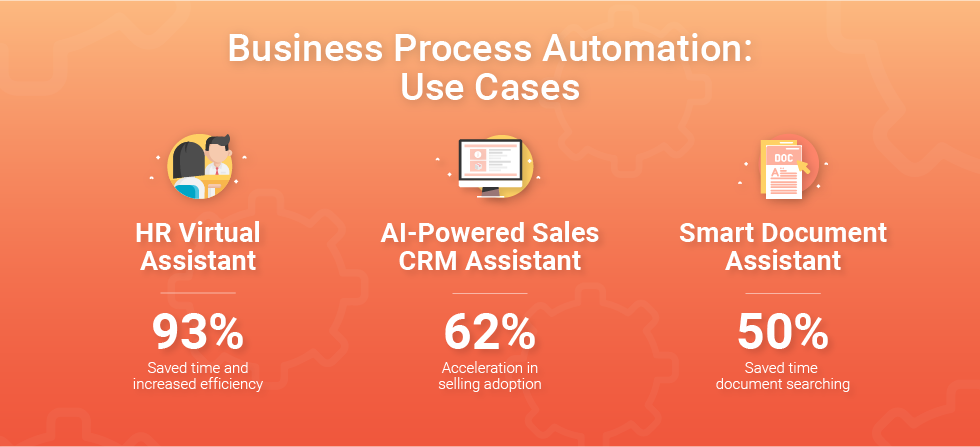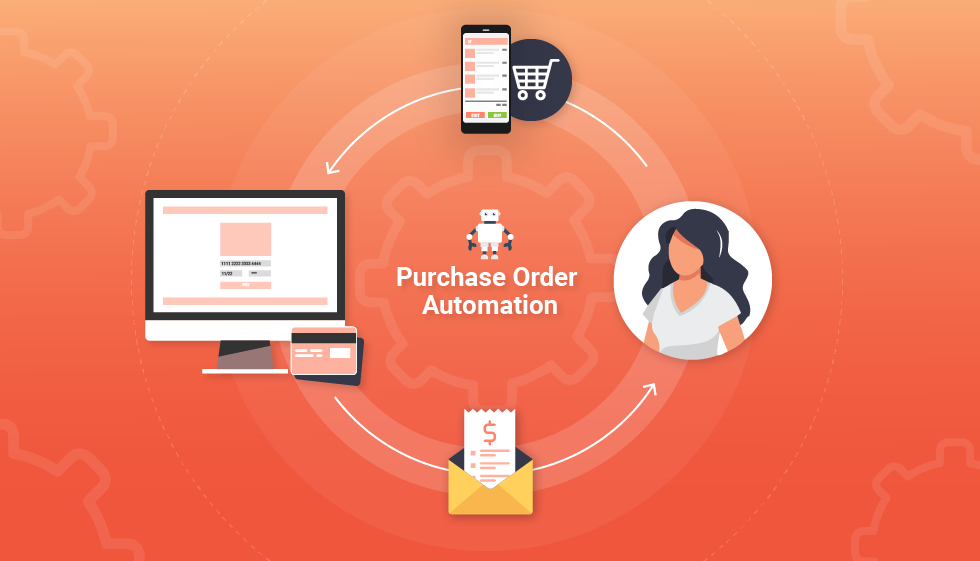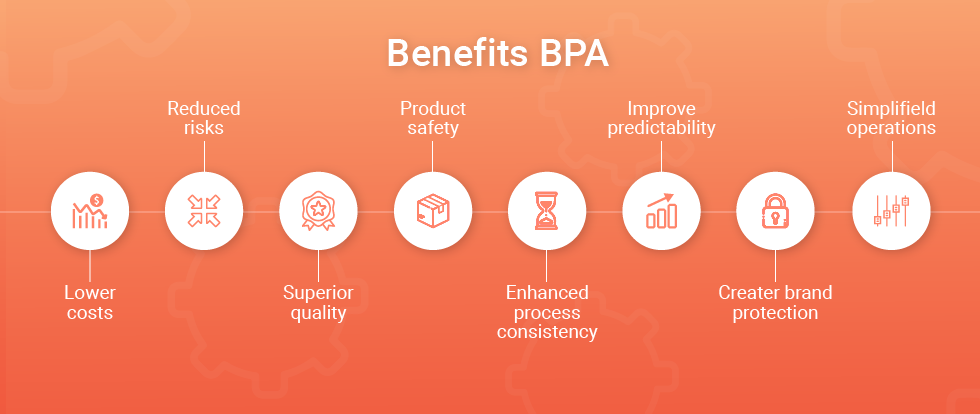Business process automation solution is the most effective way for businesses to streamline, scale, and automate a wide range of operations and functions that are currently being done manually. Operationally, companies have been juggling time and workload constraints for centuries.
Since software started to make it easier for staff to become more efficient, automation has been slowly making a positive impact. Now at the start of a new decade, business process automation (BPA) is how companies can take an automated leap forward. Taking this leap will make those who are yet to start automating processes more efficient, cost-effective, and ultimately, profitable.
Table of Contents
What is business process automation (BPA)?
Technology and software can be used to automate tasks that have traditionally been done manually. This way, companies can redeploy staff onto more engaging and involved tasks, leaving admin and mundane tasks to automated systems and technology.
BPA, which is not to be confused with business process management — a multi-layered discipline that focuses on much wider and broader operational processes and change management — is about overhauling task workflows, making them more efficient, and ultimately reducing the human input as much as possible.

Examples of Business Process Automation Solutions
BPA can be implemented across numerous business operational areas. If you ask yourself the question, “What is a business process?”, then think of a workflow involving multiple tasks and maybe even several different systems. Along with some human input, there is likely to be a lot of which can be automated.
Business Process Automation Example #1: Employee Onboarding & HR
Even when companies have HR departments, or work in partnership with HR providers for recruitment and onboarding, it’s often a chaotic and time-consuming process. From putting job adverts out to processing candidates and interviews. Once a candidate(s) are offered a role, there is even more paperwork.
Everyday HR functions and operations also involve a lot of paperwork too. All of this takes time and energy away from more important added-value work. HR team members are too busy dealing with mundane tasks when they could be playing a more useful role in an organization. Current and new staff could be also doing a dozen other tasks that are more useful, but instead, they’re filling out forms and spending time on admin tasks.
Instead, applying HR process automation solutions (for example, chatbots) to onboarding and HR functions would save an enormous amount of time and for employees and HR team members. Businesses, therefore, save money as staff time would be used more efficiently.
Business Process Automation Example #2: Purchasing and invoices
Purchase orders and invoices are another time-consuming and mundane activities that finance teams need to manage on a daily basis. It involves a lot of back-and-forth between departments, team members, and external providers, which can include accountants, payroll companies, and suppliers/vendors.

With process automation solutions, the majority of this manual work could be automated. Software systems can’t make purchasing and finance decisions, of course. This still needs human oversight and sign-off, but automating as much as possible would allow finance teams to refocus on more valuable work, adding more value to an organization instead of pushing forms around.
Benefits of the Business Process Automation solutions for business
Business process automation solutions comes with numerous benefits and upsides for companies, including the following:
- Improved accountability, ensuring nothing is overlooked and missed and managers have a clear oversight on what is going on in every operational area;
- Skilled staff with specialist knowledge can spend considerably more time on productive and useful work instead of admin and mundane tasks that can be automated;
- Dramatically reduce human errors and other mistakes that can lead to increased time and costs to perform a task that could have been done quicker if automated;
- Record keeping and completion are more accurate when automated processes are used. Missing and incomplete records cause numerous problems, including when data is being stored, processed, and used in other ways.
- With automation, companies can be more confident in regulatory compliance, especially when it comes to customer data management. Businesses risk heavy fines for data breaches or any kind of data misuse or mistakes, so with automation, the chances of human error causing a breach, or malicious and untraceable act against data integrity, are significantly reduced.

Of course, there are numerous other ways business processes can be automated within companies. It depends whether you are in a B2B or B2C sector/industry. It also depends on the amount of automation and systems already in place, and whether or not your company sells products or services. A whole range of factors influences how companies transition and implement business process automation.
Areas of applying Business Process Automation solutions
BPA can be applied in almost every operational area. Some areas of most businesses are already more automated than others, such as customer services. Whereas others, such as finance and HR, would still benefit from an influx of automated solutions and systems. In many ways there are no limitations and restrictions to what businesses automate.
How to implement Business Process Automation solutions step-by-step
Before diving into an automation project you need to spend time on the following. Either internally or with the support of an IT and strategic partner with expertise in this area.
-
- For every operational area and function you want to automate, gain a clear understanding of every task, who’s responsible, what the workflow looks like, and what the inputs, throughputs, and outputs are.
- Once you are clear on this, and you’ve got the relevant stakeholder buy-in, then make sure to set clear goals for the automation outcomes and a roadmap for how these will be achieved.
- Work with a dedicated IT partner with expertise in this area to roll-out implementation and development. Do this through a phased approach. Process automation solutions for businesses should be implemented gradually.
- As part of that, training needs to be part of the roll-out, especially when the work of front-line staff changes as automation takes overwork they were doing. Now team members can work on more important and useful tasks instead of mundane admin duties.
- Move forward with a long-term mindset to ensure these changes are embedded into staff workflows, the company culture, how customer services are delivered, and to achieve the highest level of ROI.





